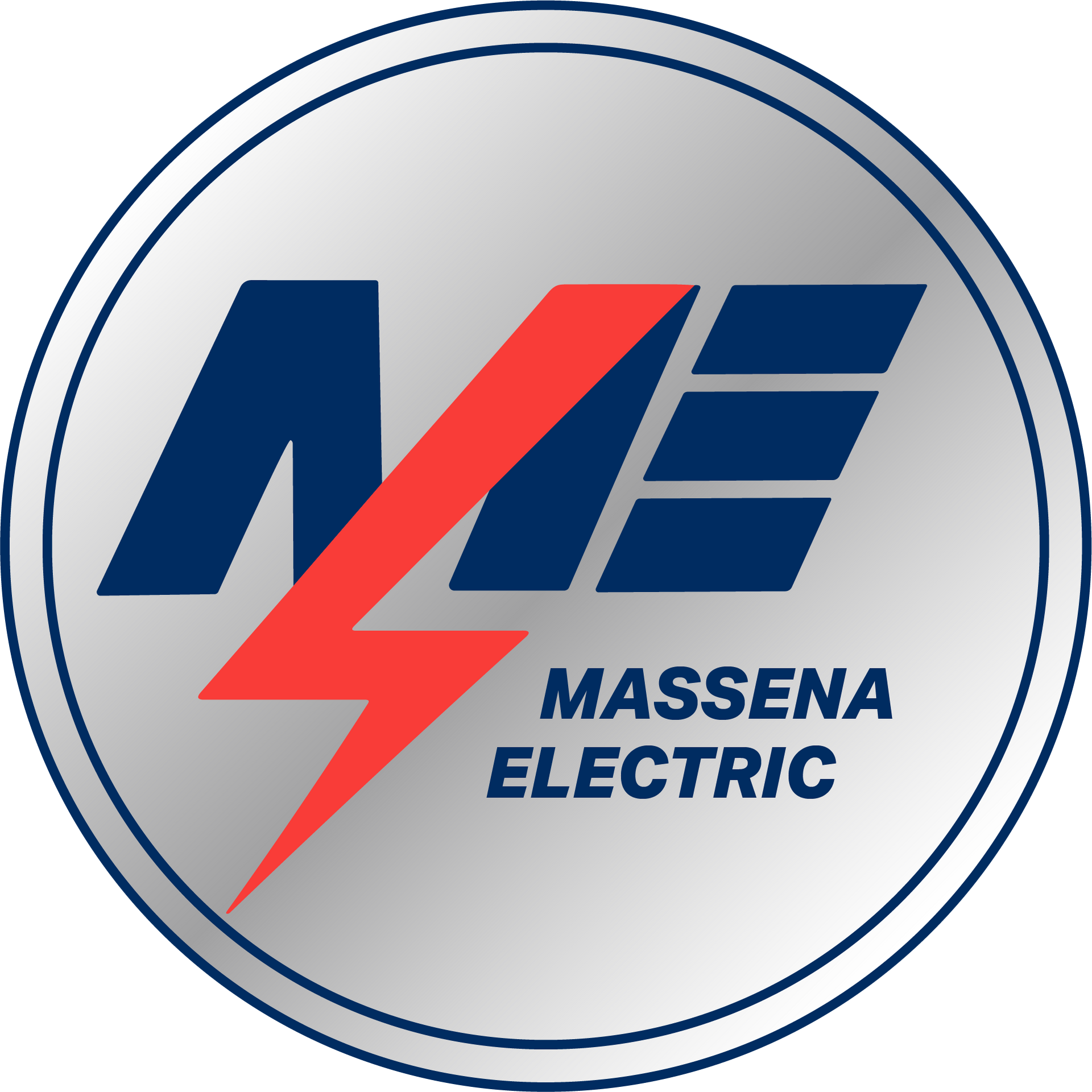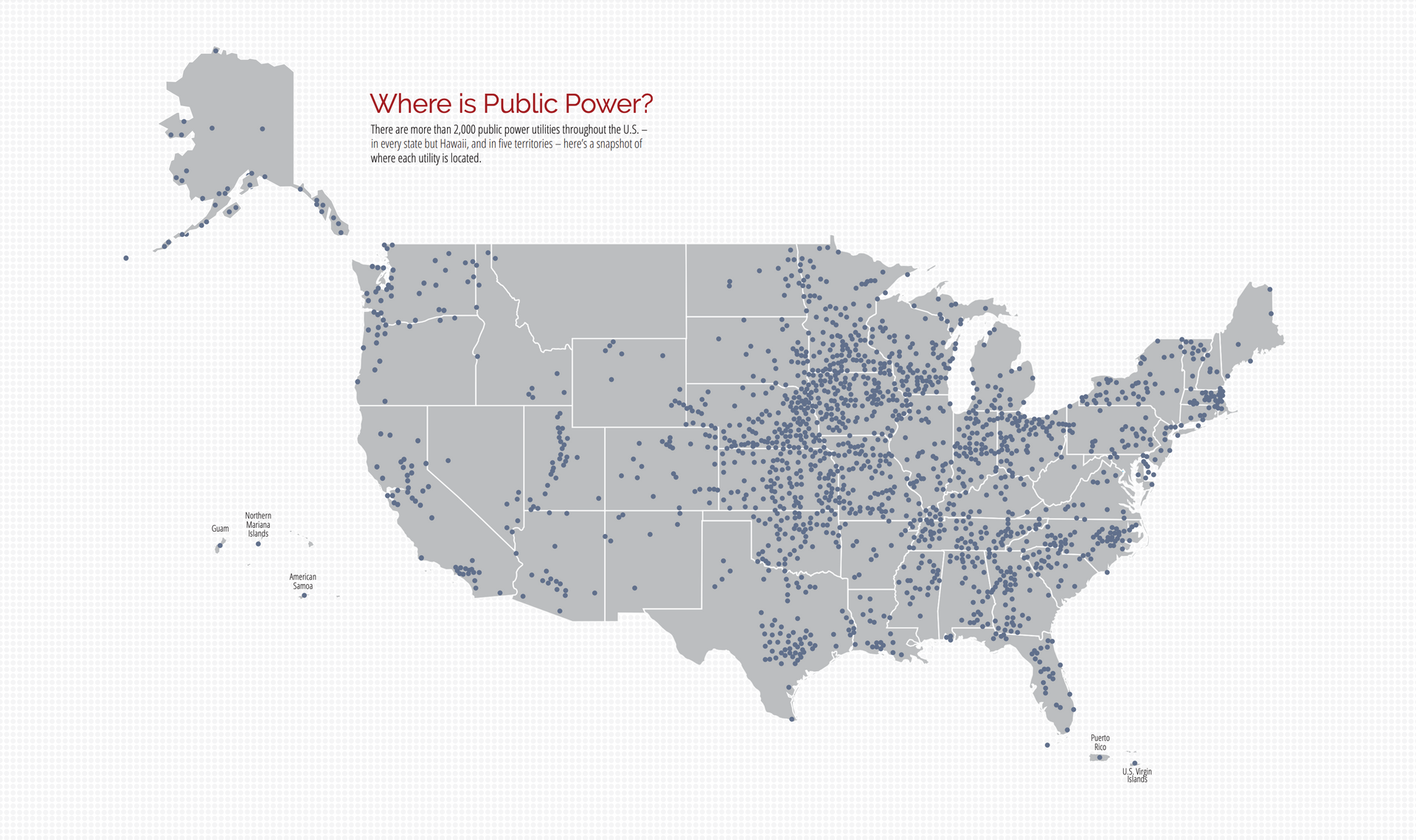info@massenaelectric.com
(315) 764-0253
Public Power
Public Power : An American Institution
More than 35 million Americans receive electricity from almost 2,000 not-for-profit, community-owned electric utilities. They are operated by municipalities, states, counties, or other public bodies such as public utility districts.
Public power systems are deeply rooted in the history of the United States. They are an expression of the American ideal of local people working together to meet local needs.
Like schools, parks, police and fire protection, public power systems are part of local government. They are governed locally and operated to provide an essential public service at a reasonable price.
Who Does Public Power Serve?
Public power systems serve about 15 percent of the nation's electric consumers. (About 270 private, profit making electric companies serve about 75 percent of all consumers, and about 1,000 nonprofit rural electric cooperatives serve the other 10 percent.) Every state except Hawaii has public power systems. In Nebraska, all electric utilities are consumer-owned.
Most public power systems are in communities with populations of 10,000 or less. However, many large cities also have public power -- for example, Los Angeles, San Antonio, Seattle, Memphis, Jacksonville, and Omaha.
Why Is Public Power Special?
Public power systems are accountable to the communities they serve. In many cases, these systems are controlled by the city's elected governing board, such as a town council. Alternatively, they may be governed by a utility board whose members are appointed or elected by the council or mayor.
At the heart of public power is a commitment to consumer-owners. These individuals set the pace for policy-making and have a direct voice in expressing their goals and priorities for the community and its electric utility. Policy board meetings of elected or appointed officials are open to the public, and consumers have a say in the decision-making process both through public meetings and at the ballot box.
How Do Rates Compare?
At Massena Electric, we're proud to be a public power system, and we're committed to providing our customers with affordable, reliable electricity. On a national average, public power rates are significantly lower than rates charged by private power companies. Based on U.S. Department of Energy statistics, the average residential customer of a private electric company pays about 30 percent more for electricity than the average public power customer. Similarly, the average commercial/industrial customer pays about 10 percent more than the average public power customer.
One of the key reasons public power rates are lower is because public power systems are not-for-profit and do not pay dividends to outside stockholders. In addition, public power systems are more efficiently managed than private power companies, according to calculations based on U.S. Department of Energy statistics. Like other local government operations, not-for-profit public power systems also pay no federal income tax and can issue tax-exempt bonds for capital expansion. At Massena Electric, we're committed to passing these cost savings on to our customers and providing affordable, reliable electricity to the community we serve.
Benefits Of Public Power
More than 35 million Americans receive electricity from almost 2,000 not-for-profit, community-owned electric utilities. They are operated by municipalities, states, counties, or other public bodies such as public utility districts.
-
Lower Rates
On a national average, public power rates are significantly lower than private company rates.
-
Efficient Service
Driven by service at the lowest possible cost consistent with community aims and sound business practices, public power systems are directly responsible to their consumer-owner stakeholders -- not stockholders who expect a profit.
-
Local Control
Every citizen is a utility owner with a direct say in policies.
-
Commitment To Conservation, Safety & Environment
As arms of local government, public power systems work to meet overall long-term community goals.
-
Economic Development
Not-for-profit electricity attracts and maintains significant commercial and industrial development.
-
Competition
Public power provides a benchmark for rates and service in what is essentially a monopolistic industry. Competition keeps rates lower and service better for all electric consumers.

